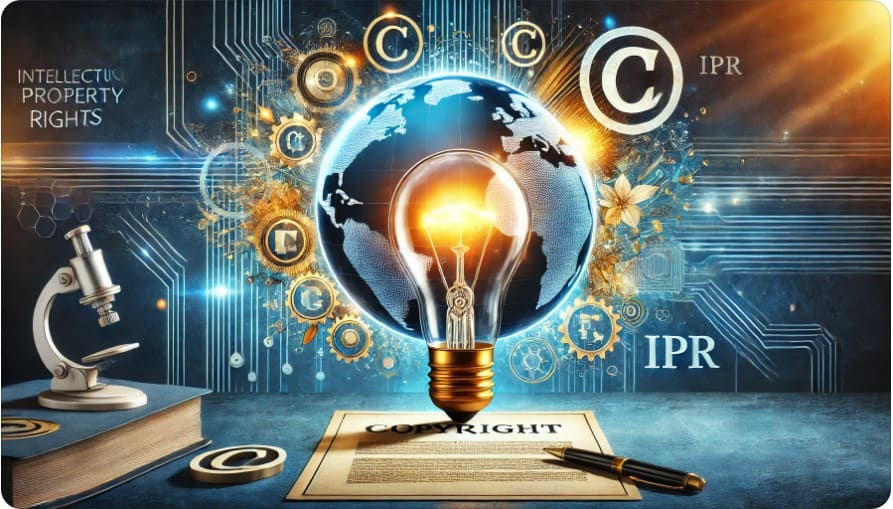The TRIPS agreement came into effect on January 1, 1995. The TRIPS agreement that is Trade Related Aspects of Intellectual Property Rights includes various categories of intellectual property that are patents, trademarks, copyrights, industrial designs, trade secrets, etc. The privileges granted to individuals and organizations for their originality and advancements are a form of intellectual property. Within a certain amount of time, such rights typically offer the producer an exclusive privilege to use his or her invention. Throughout all levels-statutory, bureaucratic and judicial-the value of intellectual property in India is quite well known. This sets up minimal rules for the treatment and promotion of the rights in the member States that, with a view to reduce distortions and hindrances to world commerce, are expected to facilitate effective and consistent protection of intellectual property. The responsibilities resulting from the TRIPS Agreement correspond to the establishment of basic requirements of security within the legal structures and procedures of the Member States.

